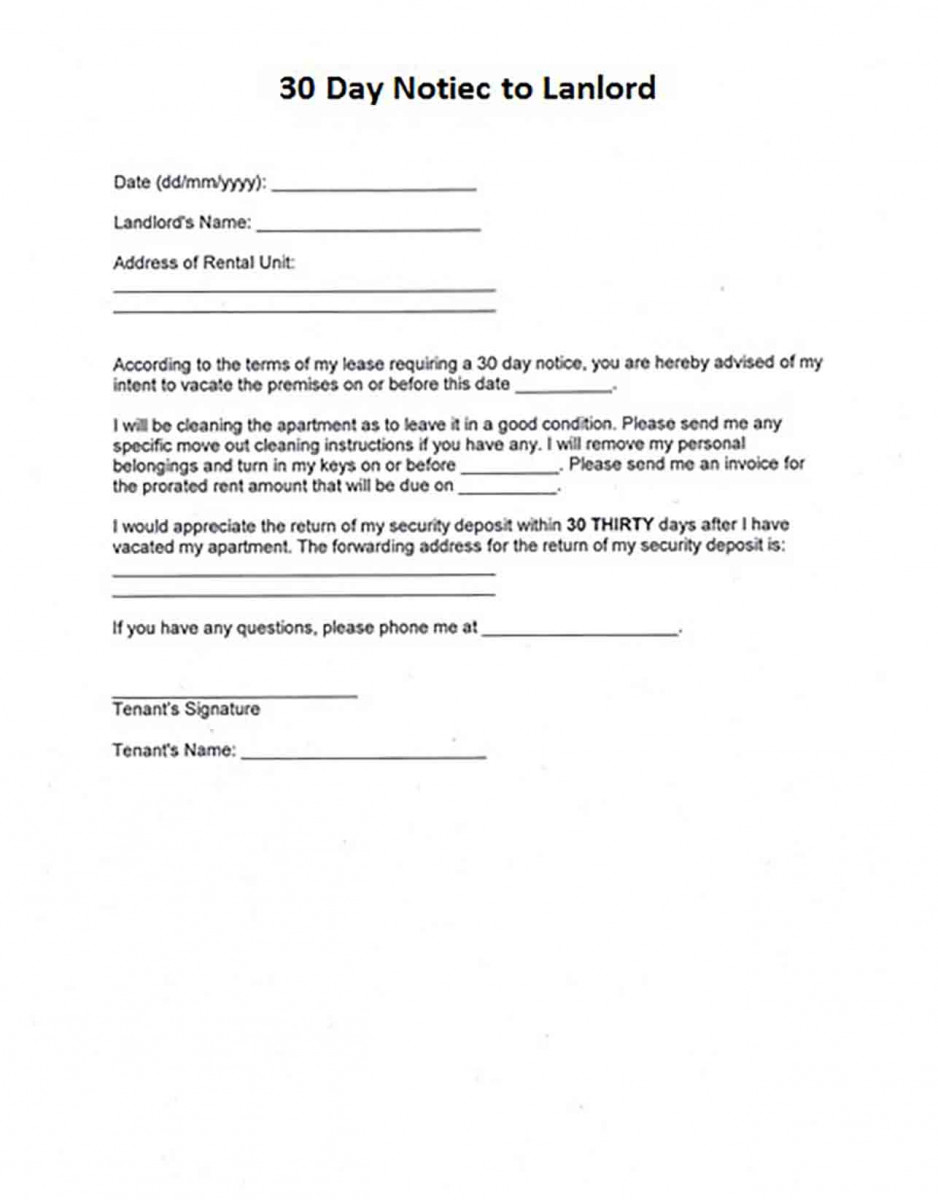The Excel Left Right Formula: 5 Simple Tricks

The world of Excel formulas is vast and powerful, offering numerous functions to manipulate and analyze data efficiently. Among these, the LEFT and RIGHT formulas are essential tools for extracting and working with text data. While these formulas might seem straightforward, mastering them and understanding their tricks and techniques can greatly enhance your data manipulation skills.
In this comprehensive guide, we will delve into the world of the LEFT and RIGHT formulas, exploring their applications, best practices, and advanced tricks. By the end, you'll be a pro at extracting and manipulating text data, ready to tackle any Excel challenge with confidence.
Understanding the LEFT and RIGHT Formulas

The LEFT and RIGHT formulas in Excel are designed to extract a specified number of characters from the left or right end of a text string, respectively. These formulas are incredibly useful for data cleanup, text manipulation, and extraction tasks, making them an essential part of any Excel user's toolkit.
Let's take a closer look at the syntax and basic usage of these formulas:
LEFT Formula
The LEFT formula is structured as follows:
LEFT(text, num_chars)
Where:
- text is the original text string from which you want to extract characters.
- num_chars specifies the number of characters to extract from the left end of the text.
For example, if you have the text "ExcelMaster" and want to extract the first 5 characters, you would use:
=LEFT("ExcelMaster", 5)
Resulting in the output "Excel".
RIGHT Formula
The RIGHT formula follows a similar structure:
RIGHT(text, num_chars)
Where:
- text is the original text string.
- num_chars specifies the number of characters to extract from the right end of the text.
If we apply the RIGHT formula to the same text "ExcelMaster" and specify num_chars as 5, the result would be "Master".
5 Simple Tricks with LEFT and RIGHT Formulas

Now that we have a basic understanding of these formulas, let's explore some simple yet powerful tricks to enhance our data manipulation skills.
1. Extracting File Extensions
One common use case for the RIGHT formula is extracting file extensions from filenames. For instance, if you have a list of filenames in a column, you can use the RIGHT formula to extract the file extension, which is typically located at the end of the filename.
Here's how you can do it:
- Let's assume we have a list of filenames in column A, and we want to extract the file extensions in column B.
- In cell B2, enter the formula:
=RIGHT(A2, LEN(A2)-FIND(".",A2)). This formula calculates the position of the last period (.) in the filename and then uses the RIGHT formula to extract the characters from that position to the end. - Drag the formula down to apply it to the entire list of filenames.
This trick is particularly useful when you need to categorize or filter files based on their extensions.
2. Combining LEFT and RIGHT for Text Concatenation
Sometimes, you may need to combine text from different parts of a string. By using the LEFT and RIGHT formulas together, you can easily concatenate specific portions of a text string.
For example, let's say you have a list of names in the format "Lastname, Firstname", and you want to rearrange them to "Firstname Lastname". You can achieve this with the following formula:
=CONCATENATE(RIGHT(A2, LEN(A2)-FIND(",",A2)), ", ", LEFT(A2, FIND(",",A2)-1))
This formula first uses the RIGHT formula to extract the portion of the name after the comma, then adds a comma and a space, and finally, the LEFT formula to extract the portion of the name before the comma.
3. Extracting Email Addresses
The LEFT and RIGHT formulas can also be used to extract email addresses from a larger text string. This is especially useful when dealing with datasets containing email addresses along with other information.
Here's a simple trick to extract email addresses using these formulas:
- Assume you have a column containing text strings with email addresses, and you want to extract the email addresses in a new column.
- In the new column, enter the formula:
=TRIM(MID(A2, FIND("@",A2,1)-1, FIND(" ",A2, FIND("@",A2,1))-FIND("@",A2,1)+1)). This formula finds the "@" symbol, uses the MID formula to extract the portion of the text containing the email address, and then trims any leading or trailing spaces. - Drag the formula down to apply it to the entire list of text strings.
4. Dynamic Text Extraction with INDIRECT
The INDIRECT function in Excel can be combined with the LEFT and RIGHT formulas to create dynamic text extraction. This is particularly useful when you need to extract text based on changing criteria or references.
For instance, let's say you have a list of product codes in column A, and you want to extract a specific portion of the code based on a user-defined criteria in cell C2. You can use the following formula:
=RIGHT(INDIRECT(CONCATENATE("$A",ROW())), C2)
This formula uses the INDIRECT function to refer to the cell containing the product code, and then the RIGHT formula extracts the specified number of characters from the right end, based on the value in cell C2.
5. Cleaning and Standardizing Data
The LEFT and RIGHT formulas are powerful tools for data cleanup and standardization. For example, you can use these formulas to remove unwanted characters from the beginning or end of text strings, ensuring consistency in your dataset.
Let's consider a scenario where you have a list of phone numbers in column A, and some of the numbers have leading or trailing spaces or special characters. You can use the LEFT and RIGHT formulas to clean up these numbers:
=TRIM(CONCATENATE(RIGHT(A2, LEN(A2)-FIND(" ",A2,1)), " ", LEFT(A2, FIND(" ",A2,1)-1)))
This formula uses the FIND function to locate the first space in the phone number, then the LEFT and RIGHT formulas to extract the portions of the number before and after the space, and finally, the TRIM function to remove any remaining spaces.
Conclusion
The LEFT and RIGHT formulas, when combined with other Excel functions, offer a powerful toolkit for data manipulation and extraction. By understanding these simple tricks and applying them in your Excel workflows, you'll be able to tackle a wide range of data challenges with ease.
Remember, mastering Excel formulas is an ongoing process, and the more you explore and experiment, the more efficient and creative your data manipulation skills will become.
How do I use the LEFT and RIGHT formulas to extract text from the middle of a string?
+To extract text from the middle of a string, you can use the MID formula. The MID formula is structured as: MID(text, start_num, num_chars). It extracts num_chars characters from the text, starting at the position specified by start_num.
Can I combine the LEFT and RIGHT formulas with other functions for more complex text manipulation?
+Absolutely! The beauty of Excel formulas is their versatility. You can combine the LEFT and RIGHT formulas with functions like CONCATENATE, TRIM, and even conditional functions like IF to create complex text manipulation routines. The possibilities are endless!
Are there any limitations to the LEFT and RIGHT formulas I should be aware of?
+While the LEFT and RIGHT formulas are powerful, they have their limitations. One important consideration is that these formulas extract characters from the left or right end of a text string, respectively. If you need to extract text from the middle or based on specific criteria, you might need to explore other formulas or combinations.



